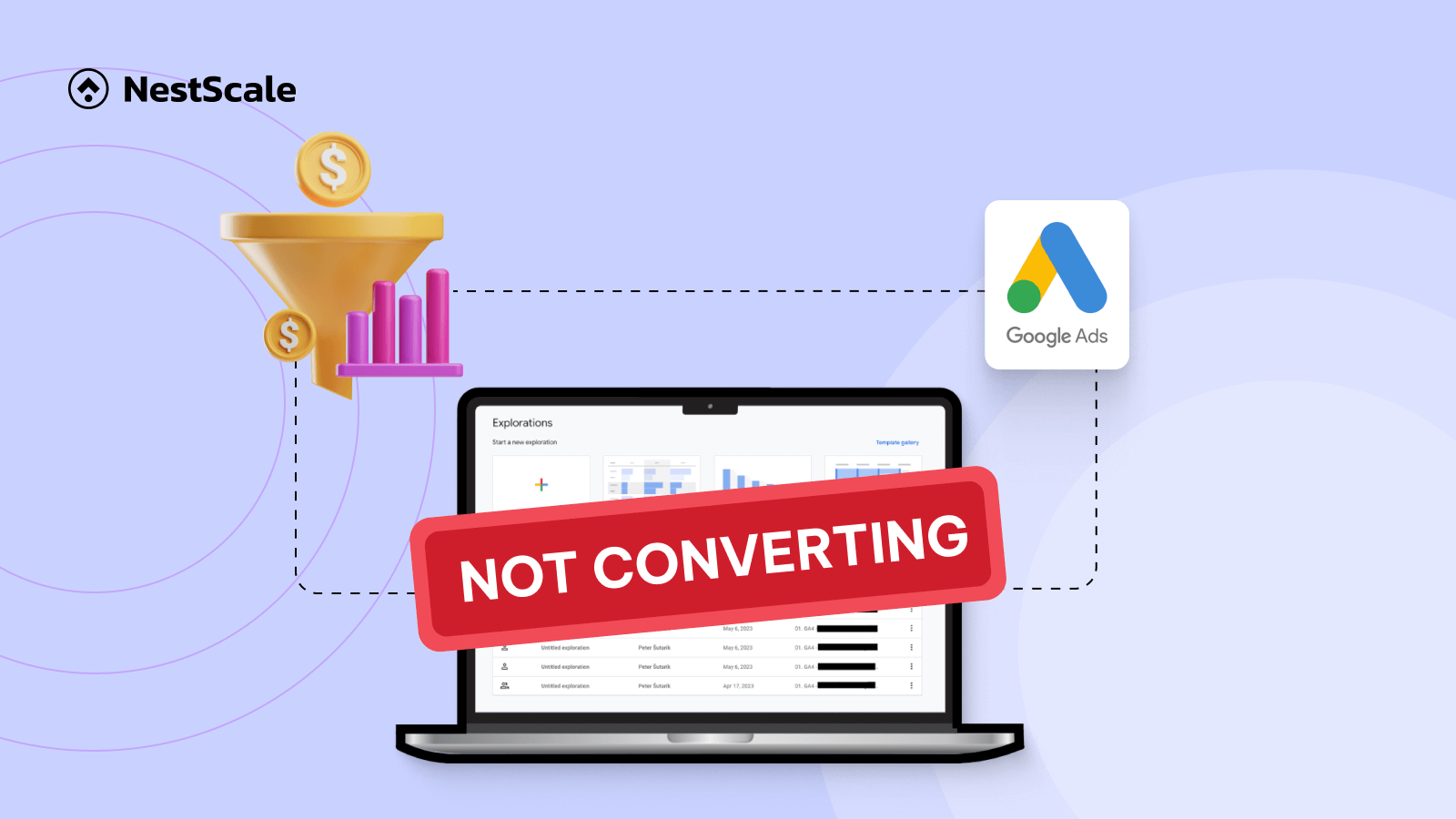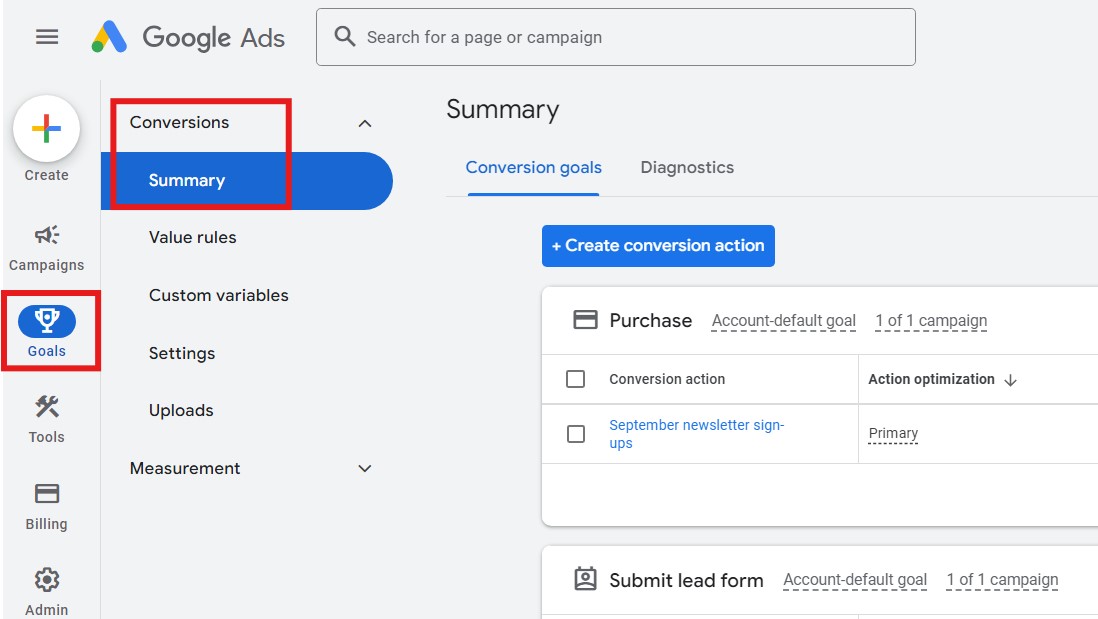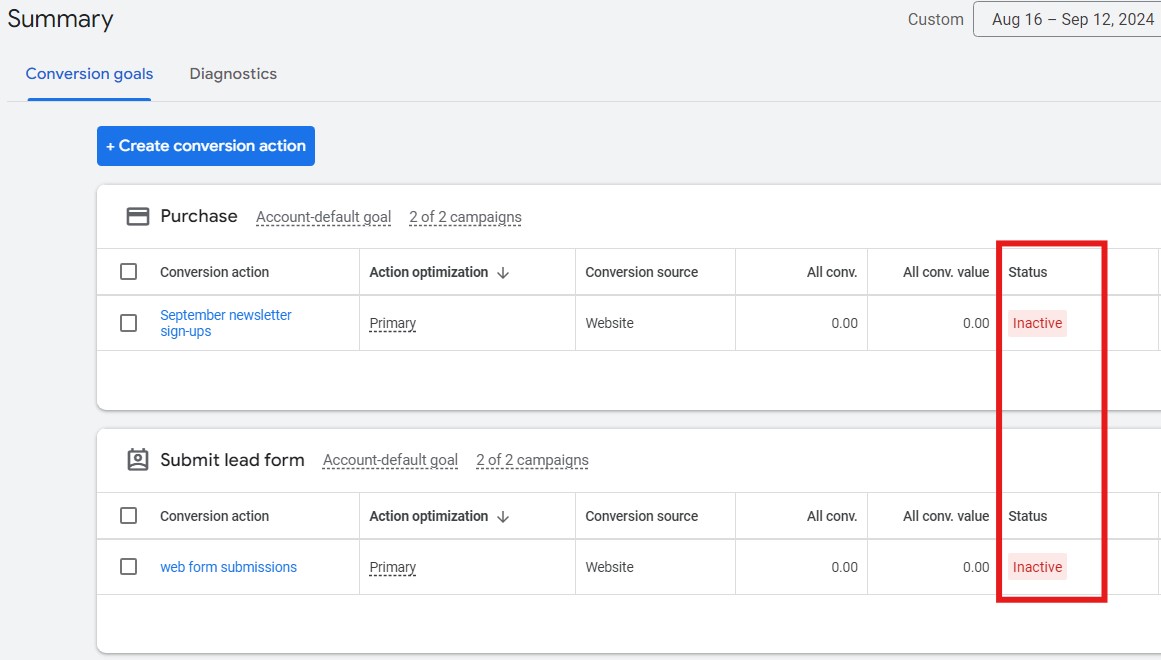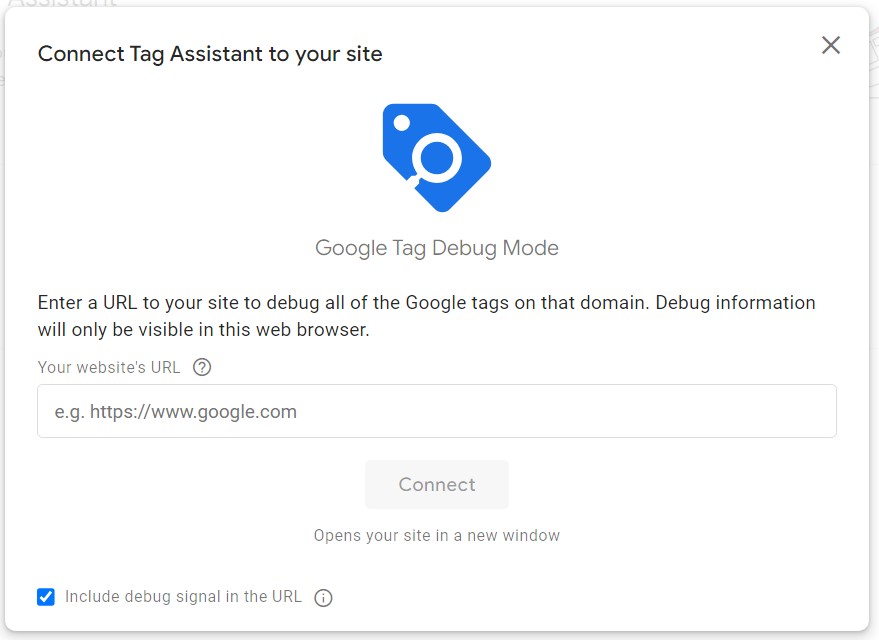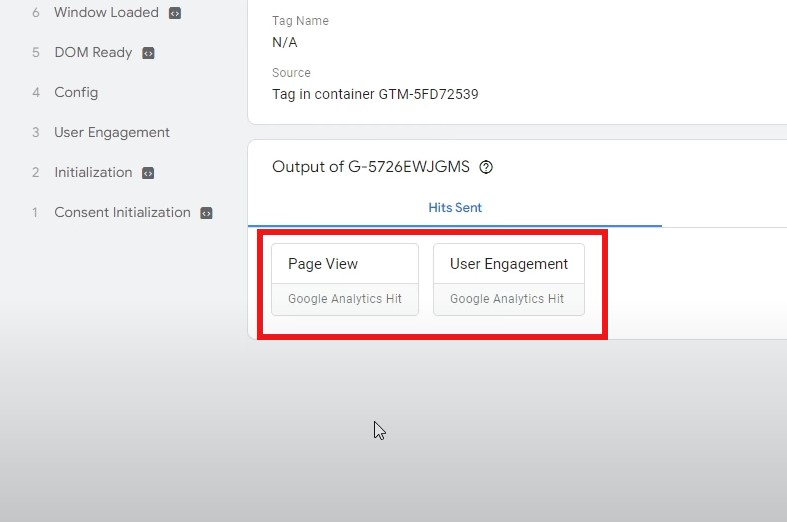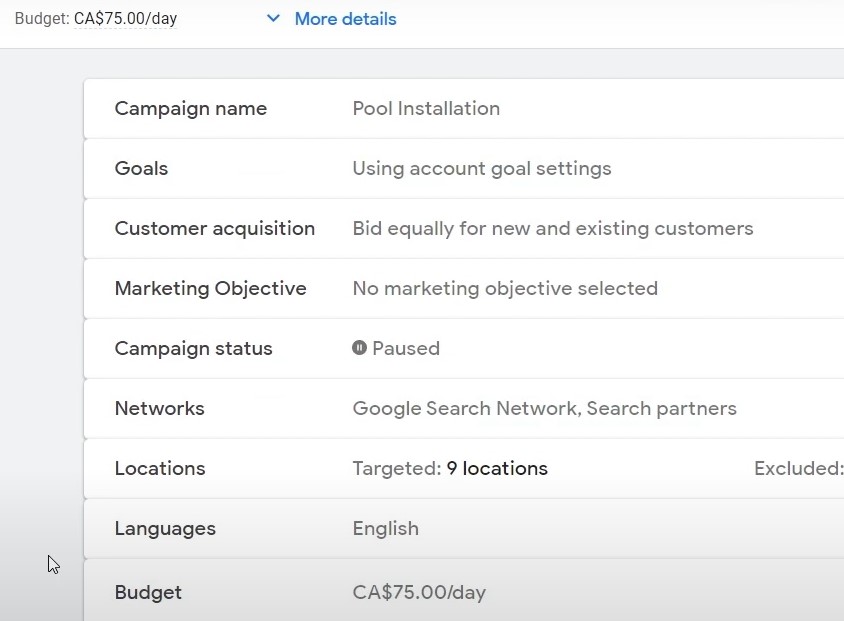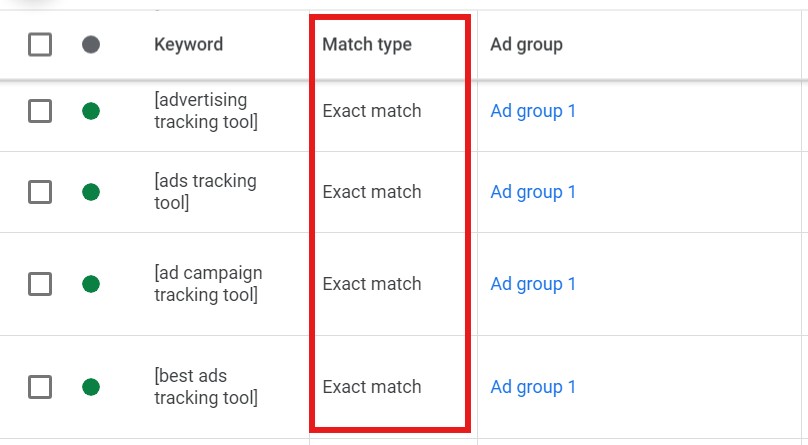“Why is Google Ads not converting?”
“How long does it take for Google Ads to start converting?
“Google ads not generating enough conversions. What am I doing wrong?”
“Why am I getting clicks but no conversions?”
Do you find yourself asking any of these questions? You might be wondering if your ad copy is resonating or if your landing page is doing its job. And it’s even more confusing when you’ve done everything right, set up your campaigns, crafted compelling ads, and chosen the right keywords—but still, no conversions.
No matter what case you’re in, this blog is for you. We’ll cover the most common reasons why your Google Ads not converting and, more importantly, how to fix them. Alright, let’s figure this out together.
6 reasons Google Ads not converting & solutions to fix it
Here are the 6 most common reasons why your Google Ads have no conversions. Keep reading and we’ll guide you through how to get out of this.
Broken conversion tracking
This is one of the most important problems that you should highly notice when Google Ads not converting. If conversion tracking isn’t working, you’re not going to get conversions.
How to fix
So, the first thing to do is to check your conversion tag.
Inside your account, go to goals and then to conversion summary to find your conversion tags.
If the tag is fine, and you’ll see that it’s Active with no issues. However, if the status is Inactive or Needs attention, you can click on the tag and check its Settings and Webpages to see if there are any issues with how the tag is firing.
Another helpful tool is Google Tag Assistant. Google Tag Assistant can be run on the pages where your tag should be firing, and it will tell you if there are any issues.
For example, we recently fired a tag on a thank you page. The Tag Assistant ran successfully, showing all the tags that fired on that specific success page after a form submission.
If you’re having an issue with your tag, Tag Assistant will help you determine if there’s a problem, depending on the page it’s firing on. Whether it is a purchase page after an order confirmation (for e-commerce) or a simple thank you page (for form submissions).
This step is always the the first thing you should do if your Google Ads not converting.
Low budget & improper target CPA settings
One common problem, especially for those new to Google Ads, is not setting the budget, target CPA, or target ROAS properly. These factors directly affect how many conversions you receive, and if they are set too low, you may see little, and even no conversions.
Some accounts set the target CPA far below what it should be, sometimes only a fifth or even a tenth of the realistic cost. As a result, Google Ads may deliver a few clicks or impressions but no conversions. For example, if you’re telling Google, “Get leads for $5,” but the actual cost per lead is $50, Google won’t run your ads effectively.
How to fix
So check your budget to be sure it’s adequate. Our advice is to look at the high range and low range of the actual bids for the keywords you want to target in Keyword Planner.
This will allow you to determine a good budget. If your budget is too low, consider running ads only on specific days to focus your spending and give Google’s AI more data to optimize.
Also, you need to review your bidding strategy. If your target CPA or max CPC bid is too low, your campaign won’t run effectively.
It’s essential to understand your conversion rate. If you know that with five clicks, you’re likely to get one conversion and that will cost you a certain amount, set your target CPA accordingly. A good way to approach this is to set your target CPA slightly above the recommended value.
For instance, if your target CPA is set to $50, consider increasing it slightly to $55 or $60 to give Google’s AI more flexibility. This can improve performance and lead to better results.
Poor keywords & match type selection
A key solution for increasing conversions is selecting the right keywords and match types. If you don’t choose the right ones, managing your account will be challenging. Let’s say you use broad match when what you need is exact match, this case can create significant issues.
How to fix
Setting keywords to exact match is a targeted approach to improve the situation. While you may still receive some irrelevant search terms, this method reduces the likelihood of bad keywords triggering your ads.
Many people rely too much on broad match, which casts too wide a net. That makes it hard to optimize your budget due to irrelevant searches.
Let’s take an example of a campaign for a law firm. If you simply target “lawyer” or “attorney”, you’ll get a wide range of searches from people looking for legal advice, job openings, general information, etc. However, more specific keywords like “personal injury lawyer UK” or “divorce attorney consultation” will attract potential clients who are actively looking for your services.
Broad terms often lead to lower-quality leads, while specific, intent-driven keywords improve conversion rates and reduce the cost per conversion. Hence, whenever creating keywords, please remember to focus on those with strong buying intent.
Inconsistent messages
What we mean to say about “inconsistent messages” when Google Ads not converting is the alignment between your ad, keyword, and landing page. The closer they are related, the more likely Google will consider your ad relevant to the customer after they have search for a specific keyword.
How to fix
For example, if someone searches for “affordable yoga classes” and your ad appears with the headline “Affordable Yoga Classes Near You,” and then directs them to a landing page that says “Join Affordable Yoga Classes – First Session Free,” this creates a strong message match.
The more cohesive this message match is, the higher your quality score is likely to be. While it’s not guaranteed, most of the time, a higher quality score results in lower costs per click, more impressions, more clicks, and overall better account performance.
Many businesses make the mistake of targeting a broad set of keywords and using generic ads like “fitness” or “yoga.” They then link these ads to vague landing pages that don’t address the specific interest, such as a general “Yoga Services” page.
For example, someone searching for “beginner yoga classes” might see a generic ad for “Yoga Studio” that leads to a landing page simply listing all types of classes.
This approach lacks the specificity of Google values. Google prioritizes relevance, so the more closely aligned your ad, keyword, and landing page are, the more likely your ad will be shown and clicked on, leading to better results and more conversions.
Therefore, before launching a campaign, make sure your ads, keywords, and landing pages are all relevant to each other. This strategy will enhance your chances of success in Google Ads.
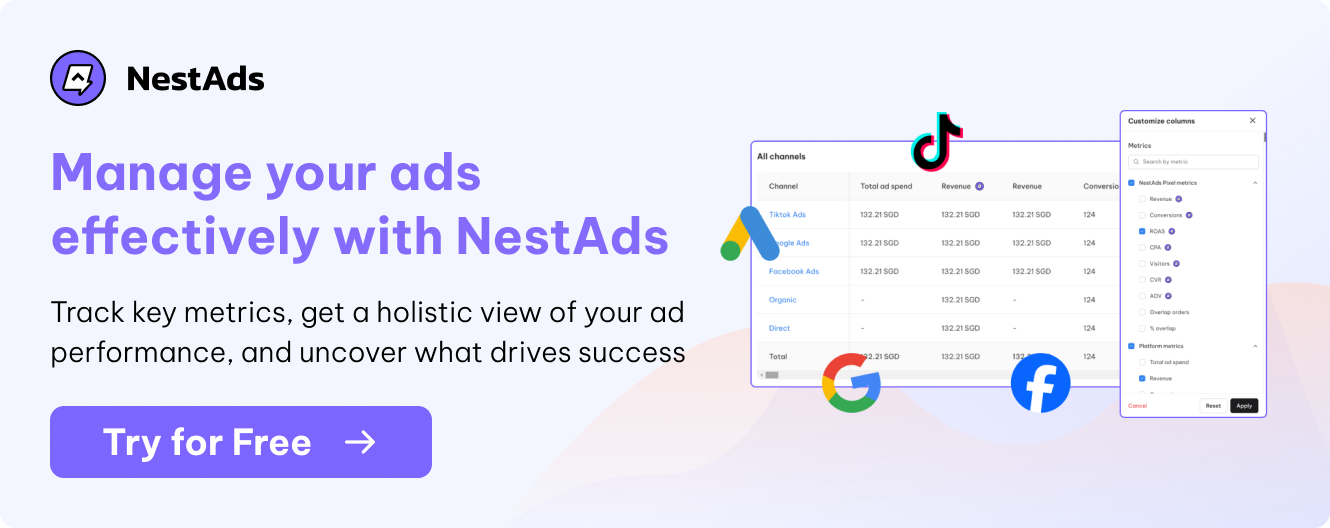
Bad landing page
Another reason why Google Ads not converting is because your landing page is set up incorrectly. When people visit it, they might not want to submit their information, call you, or take any other action you’re hoping for.
How to fix
Landing pages need to be very simple, easy to use, and get to the point. If you go on a long tangent and don’t include any calls to action, people will leave and find a different ad. You’ll have wasted money directing someone to a landing page or website they don’t care about and leaving with no conversions.
Therefore, you need to create a landing page that has a distinct call to action. There should be 1 – 2 calls to action, like an email form for lead collection or an option to call your business, such as a phone number or an email lead.
For service-based businesses, this is ideal. If you’re running e-commerce, it might be a “Buy Now” button or an email form—something similar to lead collection.
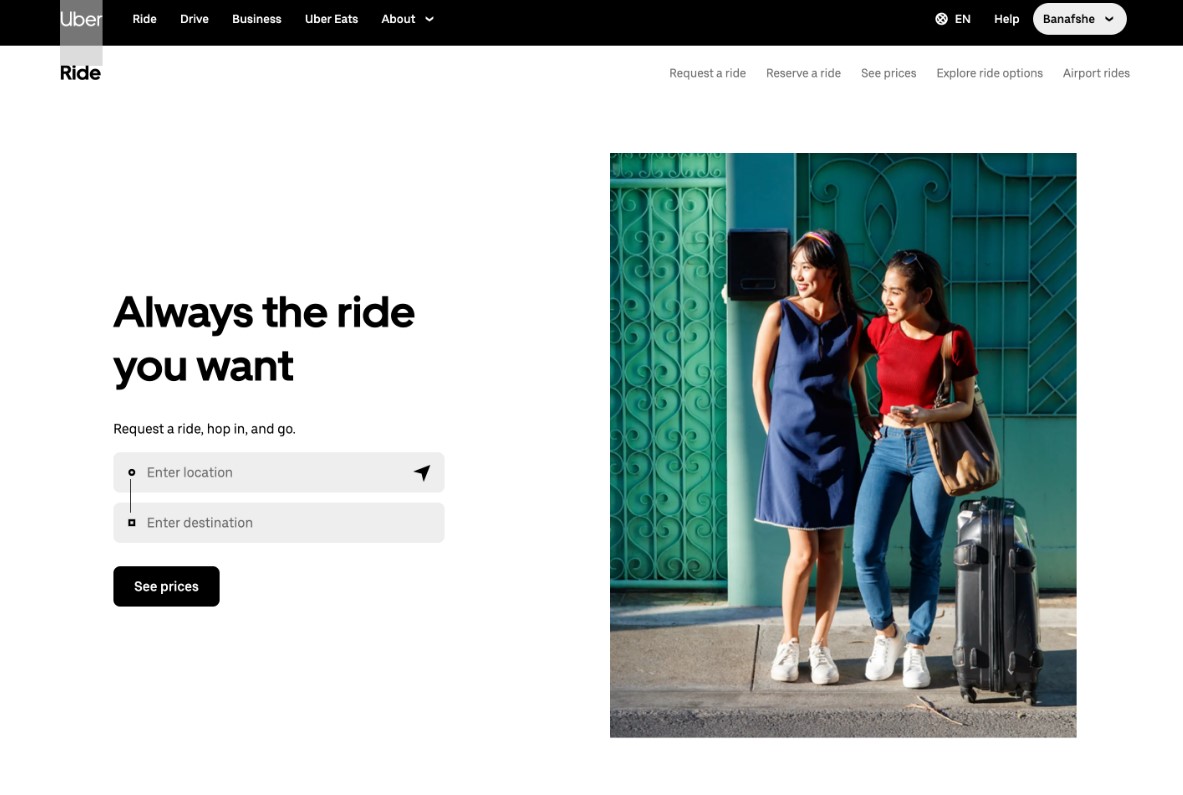
When designing a landing page, make it simple, straight to the point, and easy to read. Avoid using too many crazy colors that hurt the eyes, as this can cause cognitive overload. If visitors get stressed out, they’ll go off your website.
Exclude ad extensions
Not having any ad extensions is a common issue. Some advertisers use only one or two extensions, such as a call extension or a callout extension. This is a missed opportunity, as Google Ads allows you to utilize various extensions within your account.
You can add site links, call extensions, structured snippet extensions, callout extensions, location extensions, and so on. Despite this, many people only use one or two, thereby, ads not being prominently displayed and have low click-through rates. Then their campaigns aren’t performing well and not getting conversions.
If Google can experiment with various extensions, they are more likely to show your ad. Conversely, if your ad has minimal extensions, it limits Google’s ability to test, and if that ad doesn’t perform well, it may not be shown at all.
How to fix
It’s crucial to have all your ad extensions in place and ensure they are relevant to your audience. Make sure you use site links, callouts, structured snippets, call extensions, and location extensions. This will significantly impact your account, increasing the likelihood of getting more conversions and potentially lowering your cost-per-click as well.
A bonus tip to fix Google Ads not converting
We put this method into a new section because this is the last thing you should do if you have done all the tips above but still can’t figure out why Google Ads not converting.
- Identify a keyword that triggers your ad and search for it on Google. Then, find your ad in the search results and click on the ad to initiate the purchasing process.
- Complete the purchase. If you’re an agency or freelancer, use any available discount codes to minimize costs. (For Lead Generation, you can fill out the form or call the displayed number).
- If making a purchase, you can immediately request a refund to avoid costs (be prepared for this step in advance).
- Wait up to 24 hours and check your Google Ads account for the conversion. Confirm that the conversion is recorded to ensure tracking is functioning correctly.
- If the conversion appears, your tracking setup is working, and you can identify any tactical issues that need attention.
Most of the methods in the previous section can be done by this tip. However, you should still check all these methods we mentioned first, and save this for the last. Because we all know the headache of making a purchase, refunding, or using discount codes.
How to improve conversion rate in Google Ads?
We all want to optimize Google Ads for conversions so you never have to be in the case of Google Ads not converting. Thus, monitoring your campaigns regularly is essential. Without real-time insights into ad performance, identifying where potential customers drop off or what needs improvement becomes impossible.
Conversion tracking in Google Ads is a convenient option to measure key actions like purchases, sign-ups, or phone calls. You can also use tools like Google Analytics to track visitor behavior on your site and understand how they interact with your ads and landing pages.
However, manually managing and analyzing multiple tracking tools can become time-consuming, especially if you’re running campaigns across different channels. So take NestAds into your consideration. It facilitates your Google Ads conversion tracking so it becomes much more streamlined.
You can monitor your ad performance and get actionable insights all in one place. Moreover, the core strength of NestAds is a thorough view of your ad journey, from clicks to conversions. This eliminates the guesswork so you can save much time to fix any problem.
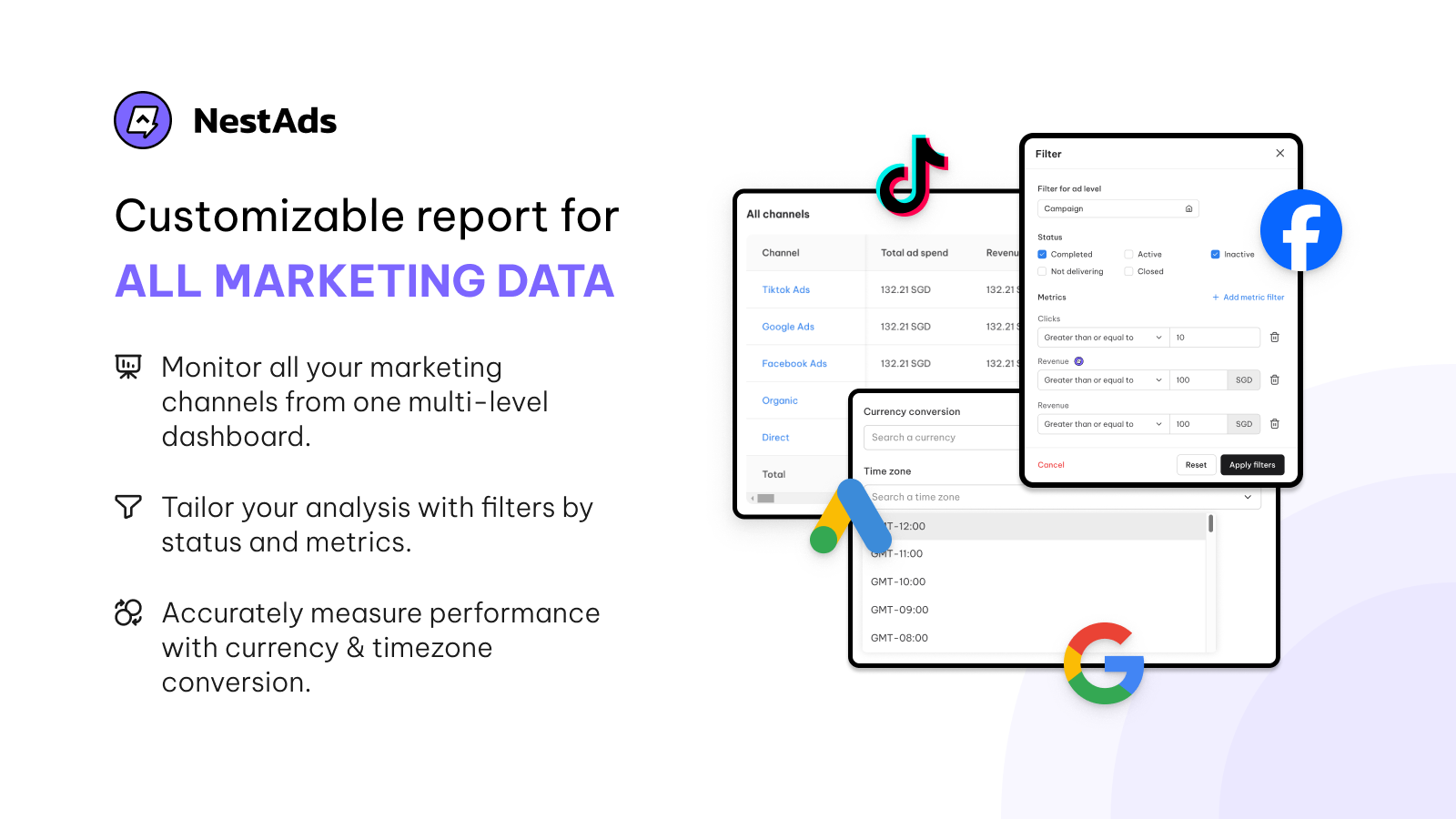
FAQs
Why are Google Ads not converting despite its good CTR?
It’s hard to troubleshoot solely by using your Google Ads data. If your CTR looks good, it might be that either the wrong people are clicking on your ads and aren’t ready to buy, or potential buyers are dropping off during the purchase process.
In this case, you might need to optimize your checkout process or be sure that your ad message aligns well with your website’s content. Tools like NestAds or Google Analytics can give you deeper insights into user behavior on your site.
Besides, if you’re a merchant, you need to know running Search Google Ads for eCommerce can be challenging. So answer these questions:
- Are you using Shopping Ads? (If not, it might be worth considering).
- How do your prices stack up against your competitors?
- If you’re selling a popular clothing brand, other retailers are likely offering the same products. Are your prices more competitive?
- Is your checkout process as smooth as theirs? Does your website convey as much trust as theirs does?
- Put yourself in the shoes of a first-time visitor, and would you feel confident buying from your own site?
How long does it take for Google Ads to start converting?
Conversions can sometimes occur quickly, within 1 day of the initial click. However, they may also be reported up to 90 days later, depending on the conversion window you’ve set.
The time between an impression and a conversion influences the values displayed in your account. Below are some cases where this conversion delay might impact the data you observe, according to Google:
Why Google Ads campaign suddenly drop in conversions?
Here are a few factors to consider:
- Have any modifications been made to the campaign that could have triggered this issue? (Be sure that auto-recommendations are disabled.)
- Were there any changes to the landing page or website? Such changes could affect tracking.
- Is the drop evident in traffic, or is it just the conversions that have decreased?
- How do other metrics appear (such as impression share, impression share lost to rank/budget, etc.)? If these are affected, it might indicate the emergence of a new competitor in the market, which could explain the decline in conversions.
And, using an older campaign with existing data may expedite the Google Ads learning phase, although its age will determine how effective this is. If it’s relatively recent, you can repurpose the campaign and implement adjustments within it.
If you’re employing a smart bidding strategy like “Maximize Conversions”, it may take some time to start seeing conversions in a new campaign before it performs optimally.




































